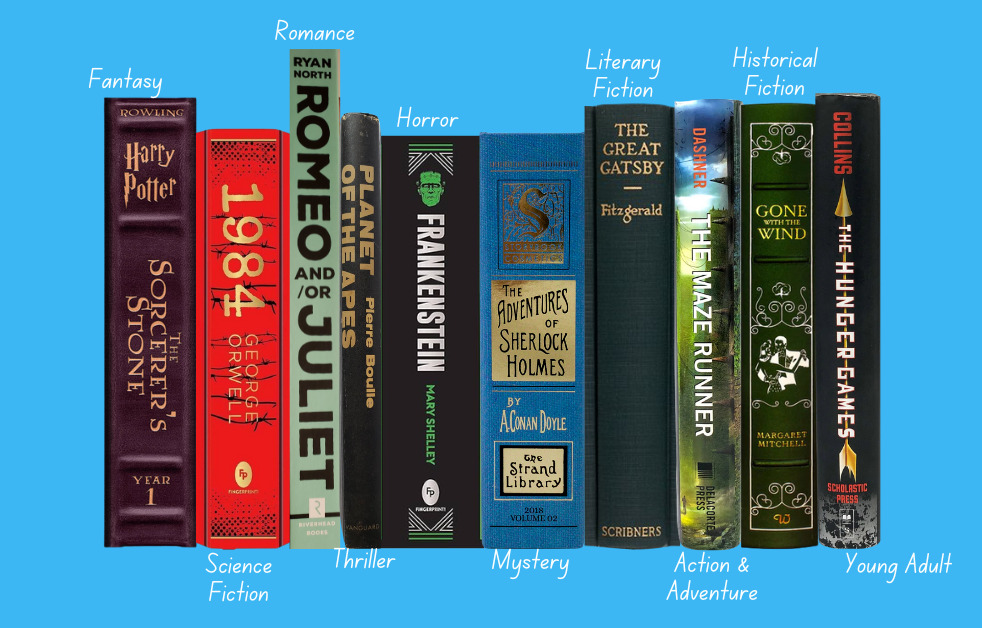
Within the world of fiction, you can find stories of romance, adventure, mystery, and so much more. Each type of fiction is categorized by genre, with many stories blending multiple genres. These genres range in style, intensity, emotion, and atmosphere and can even be defined by their intended audience.
On that note, here are some of the most popular fiction genres and what makes them unique.
1. Fantasy
Some of the most beloved fiction books are of the fantasy genre such as The Lord of the Rings, Harry Potter, and Narnia. Fantasy stories are set in magical worlds, commonly featuring goblins, fairies, and talking animals.
These stories often take inspiration from folk tales, myths, and legends and create a world in which they are real.

2. Science Fiction
Science fiction stories tend to be set in the future and explore what technology could be like. Authors of this genre take inspiration from current technology and imagine what type of world we could live in.
These worlds may not always appear to be “better,” as George Orwell’s 1984 dystopian novel shows us—painting a world in which surveillance technology is used against the people. Another popular science fiction novel, Ready Player One, paints a reality in which life is primarily experienced in a VR (virtual reality) world.
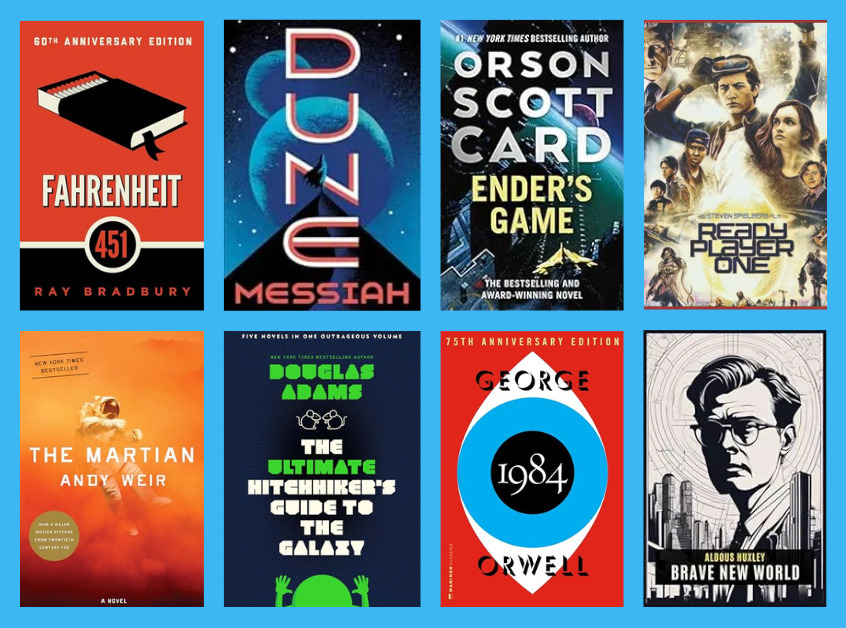
3. Romance
Some of the most memorable stories have emerged in the fictional world of romance, such as Romeo and Juliet, The Count of Monte Cristo, and The Princess Bride.
These stories focus on the characters’ love (or the loss of it) and how it drives them. The two lovers are often kept apart, only to be reunited after overcoming great trials.
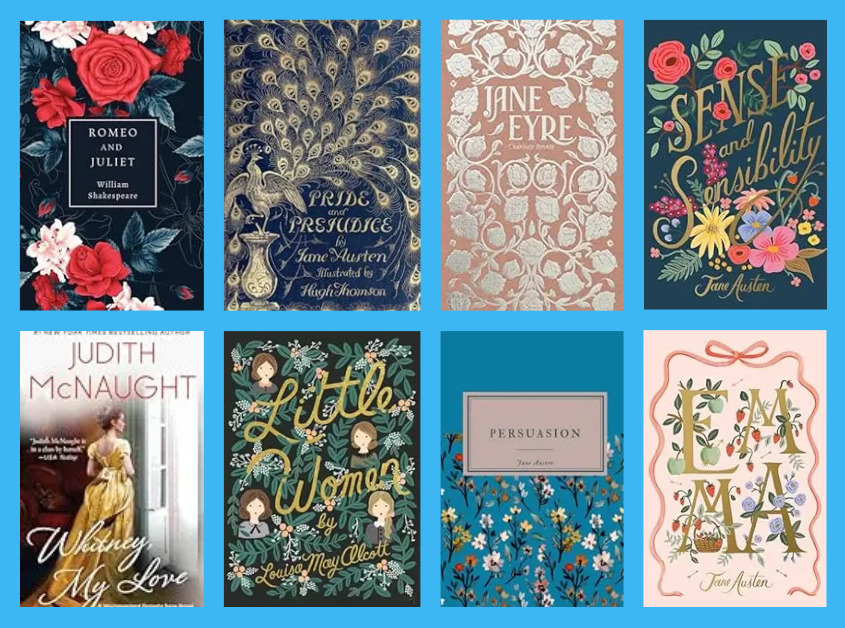
4. Thriller
Thrillers aim to keep readers on the edge of their seats. The plot typically revolves around some great and overwhelming force that is right on the heels of overtaking the protagonist.
Stories like The Talented Mr. Ripley and Planet of the Apes are examples of thrillers that, in one form or another, aim at catching the reader’s intrigue and not letting it go until the very last minute.
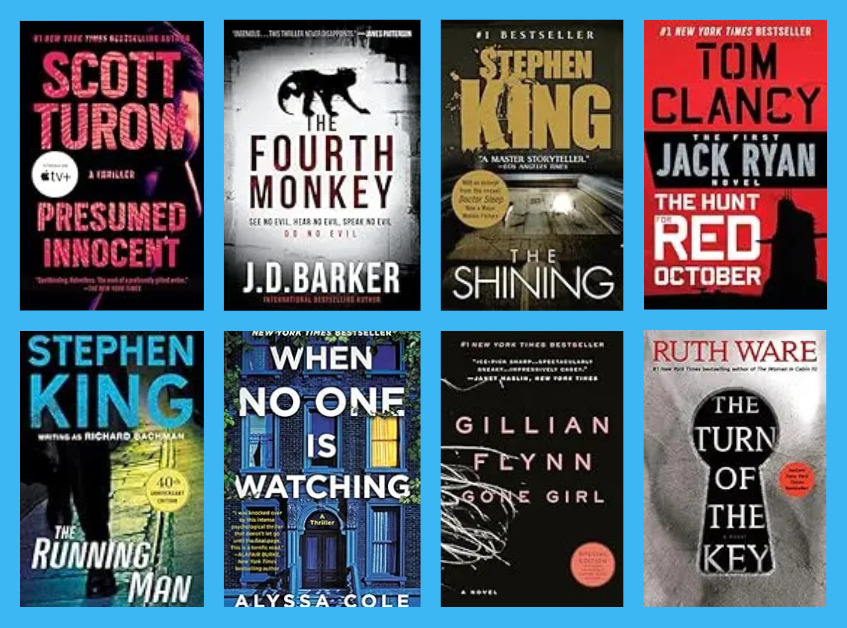
5. Horror
Mary Shelley’s Frankenstein and Bram Stoker’s Dracula will instantly be recognized by most for their unnerving and scary characters. Horror stories often present the unnatural, ugly, and evil as a way to incite fear.
Ghosts, vampires, evil spirits, and monsters are common in these stories, with the protagonist often portrayed as running away or battling these evils. Unlike many stories, horror stories typically have an unhappy or abrupt ending that unsettles the reader.
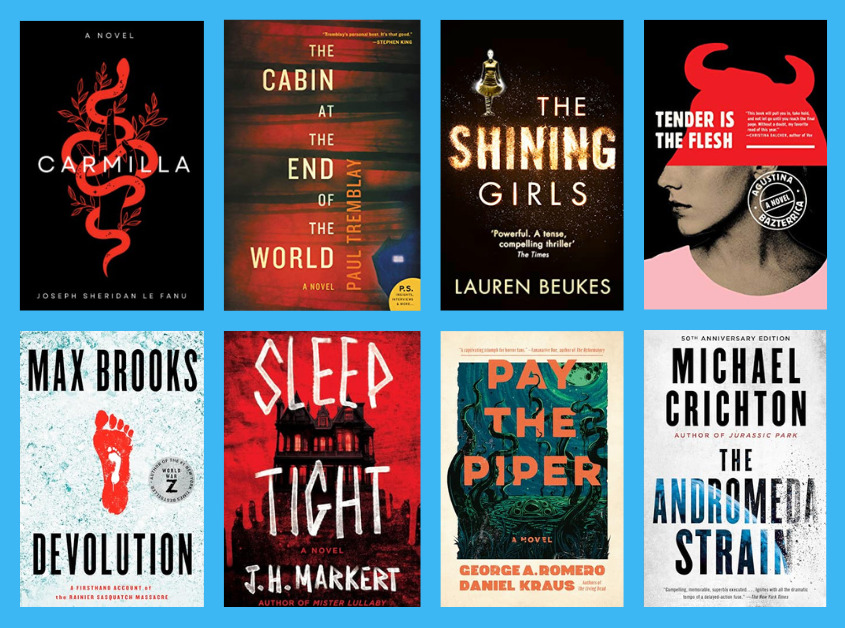
6. Mystery
Often depicting detectives on the hunt like the numerous Sherlock Holmes books, mysteries aim to bring readers into the story as active participants.
These stories offer readers a puzzle, with each page being another piece, and the whole picture is revealed at the end (at least in most cases).
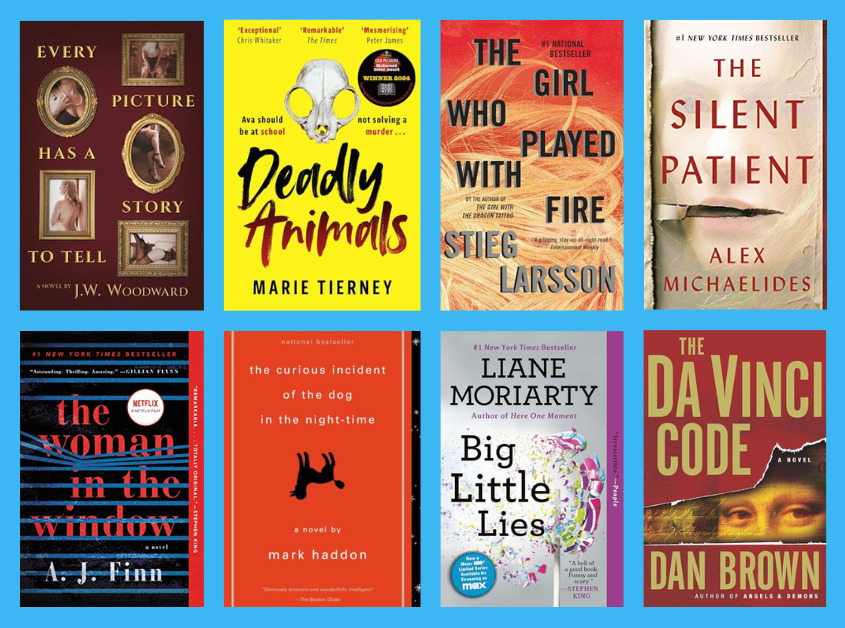
7. Literary Fiction
Classics like To Kill a Mockingbird and The Great Gatsby are some of the most popular literary fiction books. Literary fiction focuses more on the characters rather than the overall plot and story progression.
The human condition and inner lives of characters are explored in literary fiction, giving the reader an inside look into their lives, feelings, and innermost thoughts.
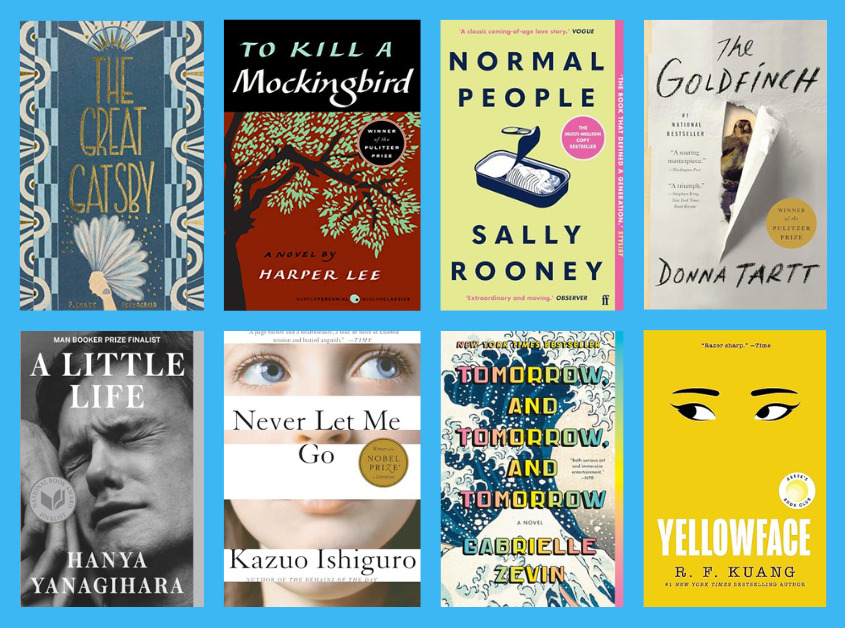
8. Action & Adventure
Action and adventure stories put the protagonist in some type of danger that needs to be overcome. Books like The Maze Runner and the numerous comics featuring superheroes are prime examples of this genre.
There is a clear climax in these stories in which the protagonist/hero overcomes the enemy or danger they’re facing, often leaving, though not always, a hope for a bright future as the resolution.
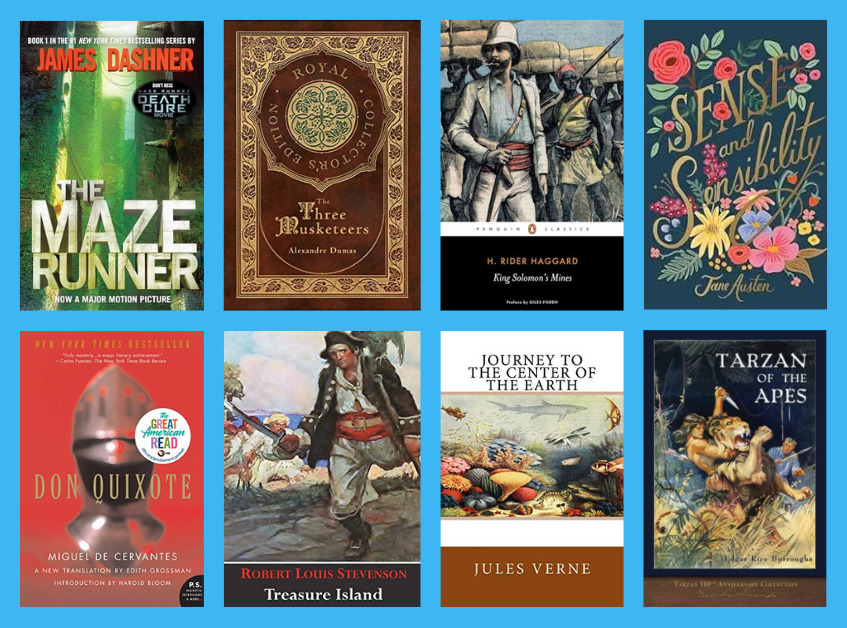
9. Historical Fiction
Historical fiction takes inspiration from historical settings, events, and people. Girl with a Pearl Earring by Tracy Chevalier, for example, uses a famous 1665 oil painting as inspiration to create a fictional account of the relationship between the painter and the model of the painting.
Another example is the American classic Gone with the Wind, set in 19th-century Georgia. The story follows the tale of a single mother and her repeated encounters with a man she both loves and hates.

10. Young Adult
Young Adult (YA) novels are geared toward audiences between the ages of 12 and 18 and often feature coming-of-age stories.
The Hunger Games and Anne of Green Gables are two classic examples showing the range of stories YA novels offer.
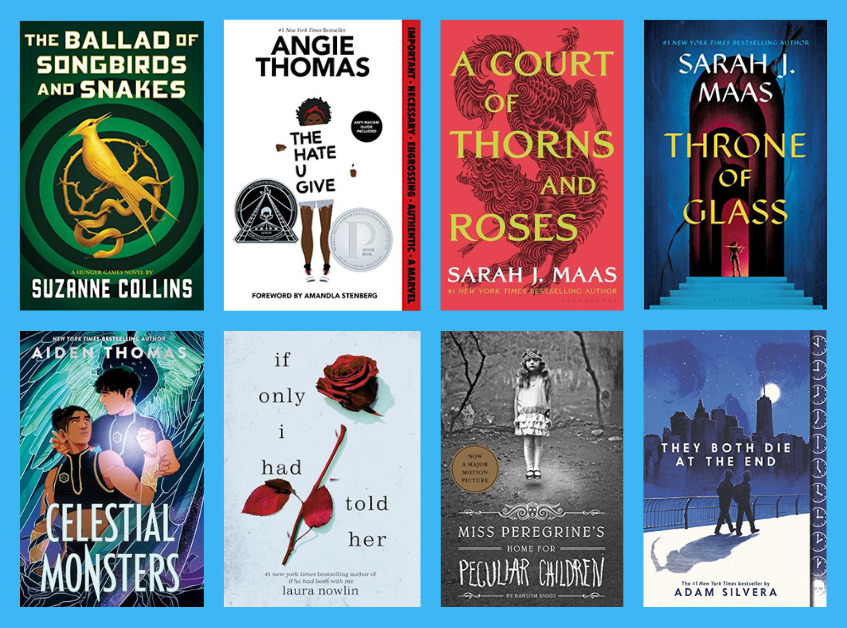
Final Thoughts
In conclusion, understanding the top fiction genres and how they are categorized provides valuable insight into the world of books, particularly for booksellers, collectors, and developers of book-related apps.
Genres serve as a useful framework for organizing books, guiding readers’ preferences, and helping businesses tailor their offerings to meet market demand.
By navigating the major categories discussed, professionals can better manage inventories, curate collections, or develop intuitive book-sorting systems that resonate with readers and users alike.




